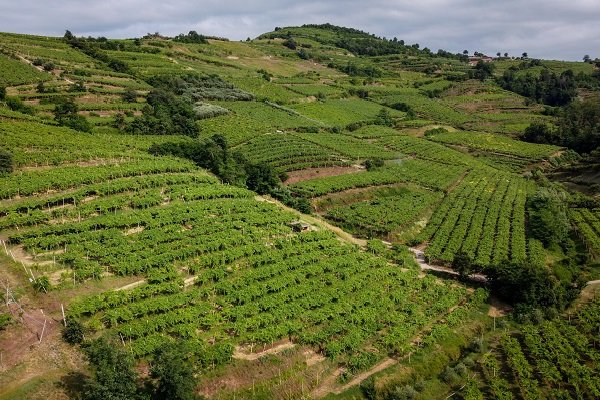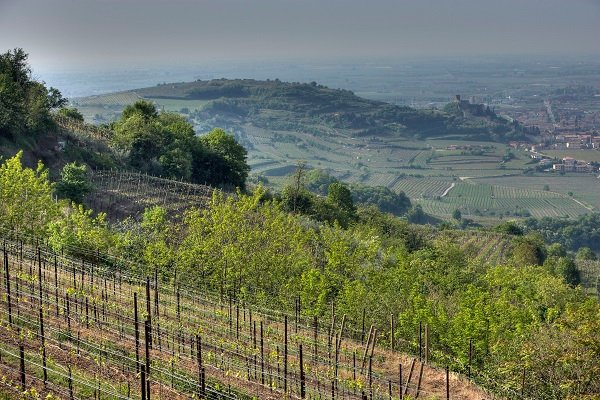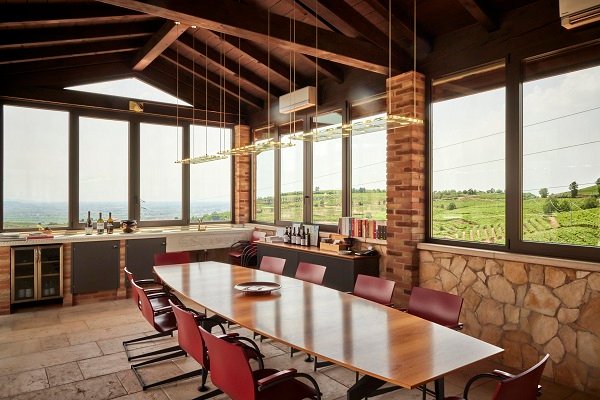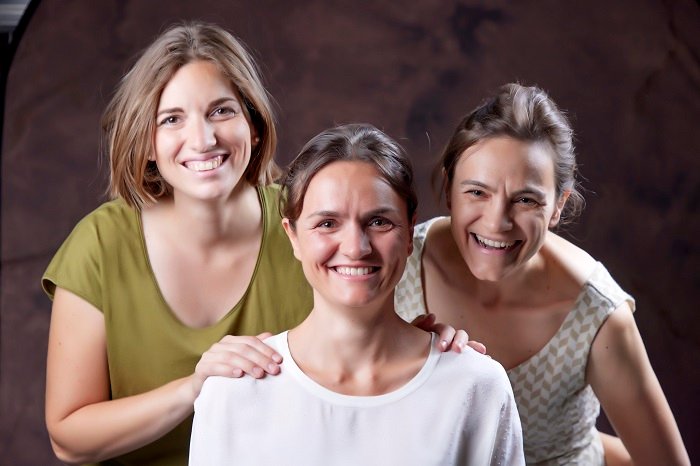The Tessari sisters of Suavia create a true homage to the geographical units of Soave by creating a dedicated line and allowing their personalities to shine through.
At number three, the Tessari family had long been accustomed to it. There are in fact three sisters (to be fair, there is a fourth, but she follows another wine project that I have already mentioned, Masari) who work side by side in the company founded in 1982 by their parents. Today Suavia produces 200,000 bottles. All white berry labels, all from indigenous varieties such as Garganega and Trebbiano di Soave.
The lure of the land
The company is once again making a go of it thanks to the call of the territory. The line is born Locations, three new limited edition labels (2,000 bottles per type), sold in a box set of three. Each label represents a single plot and a single Uga. The three additional geographical units that the Tessari sisters decided to enhance are. Fittà, Castellaro and Tremenalto. Their innate curiosity and thirst for knowledge drove them to vinify batches of grapes separately by going to minimize variables during winemaking and aging. 100% Garganega for all three labels, manual harvest of course, whole cluster pressing. Only flower must and only steel in both vinification and aging. One year on fine lees and 2 years in bottle. Strictly screw cap, as per the company creed, and iconic Soavia bottle complete with black label and white lettering. The Suavia style is all there, the astonishment at tasting is not lacking.

From what could have been a knowledge project to more consciously approach the land and raw material, they came to realize a true homage to geographical units allowing their personalities to emerge.
Three Soave Classico de Places
The three Soave Classico de Places
are thus a new corporate flag to tell and enhance the work that culminated in 2019 with the officiating of the Uga. Step for the denomination that may not have received the success it imagined and that, producers’ word, will need to be refined to become more effective. At present, there is evidently no regulation of Uga that is not the geographical origin of the grapes alone. Instead, the Tessari sisters with this project dream that one day the use of this mention may be more regulated, starting with putting it on the market.
The Places
now available in the 2020 vintage, ambitious and forward-looking this project was meant to be a break with even Suavia’s historic labels. Recall Soave Classico and Soave Classico Monte Carbonare.
Le Uga
Fittiness also corresponds to the location where the company is located. The vineyard has southern and eastern exposure, with a 45% slope. The soil is deep, which is exceptional to say the least given the slope. Rich, loamy soil, a soil that the Tessari describes as strong. It corresponds in the glass to the warmer version of Soave Classico, rich in ripe yellow fruit, at times tropical.

Castellaro, from soils red and rich in skeleton. Easy to spot this Uga is the “tufted mountain,” in fact a small grove reigns supreme at the top. Shallow, presents basaltic rock at 80 centimeters, maximum one meter deep, looks over Lessinia and faces north. In the chalice is surprisingly spicy, intrigues quite a bit.

Tremenalto. Look west even though the small valleys are oriented north-south. Steep, indeed steepest, it is cool and breezy. I black soils have less skeleton and are medium deep. In the chalice? Fresh, with refreshing plant notes. From celery to fresh mint. Gradually it indulges and gives notes of chamomile. Amazing palate with soft, creamy notes.
The magic of the number 3
Three sisters, three places, three Uga, three new labels with really different and surprising personalities. A successful experiment and a courageous choice that of Alessandra, Valentina and Meri Who believe in the denomination and carry its name forward. They also believe strongly in the hillside viticulture, even when it takes your breath away and makes you risk your life (if you haven’t been there you have no idea of the slopes), and they don’t let up. Worryingly, however, some are abandoning it in favor of easier and more profitable lowland viticulture. This is a worrying diaspora of winemakers and one that threatens to cause an already suffering appellation to lose further value as it seeks a much-needed redemption.
There is a need for courage, and there is a need for courageous projects. Good girls!





